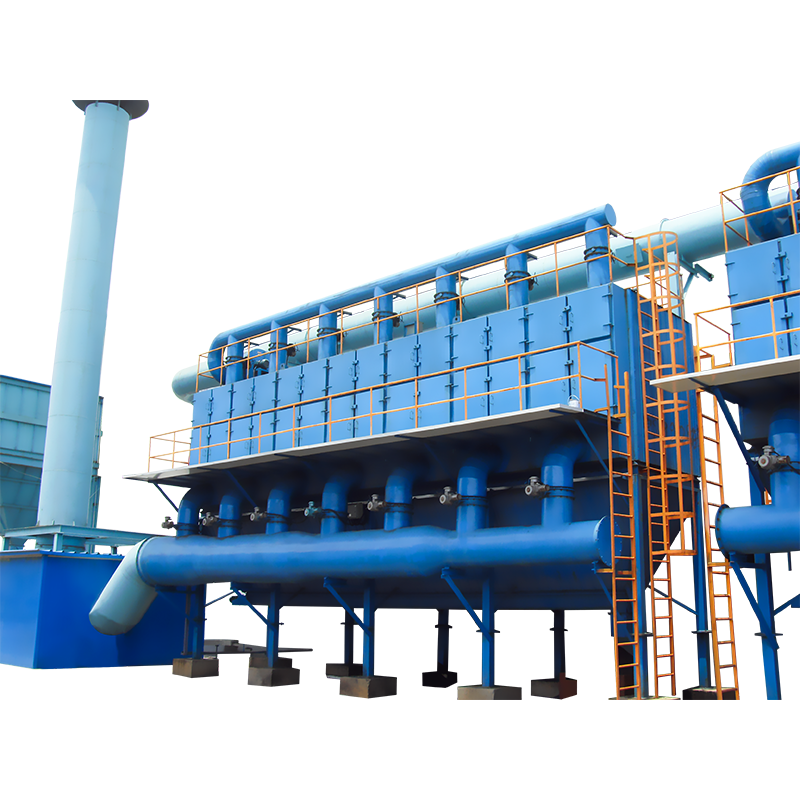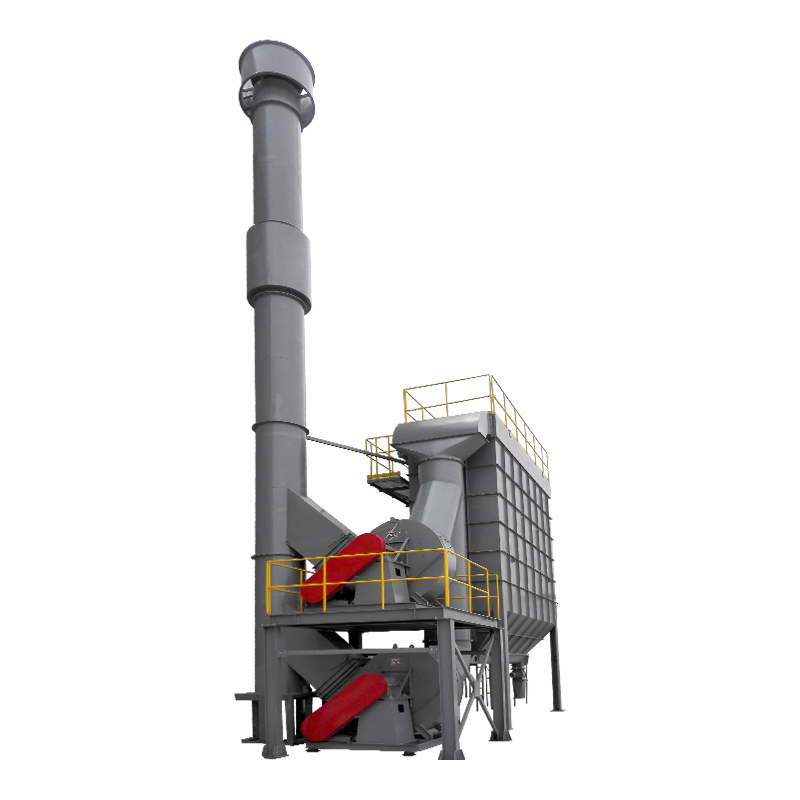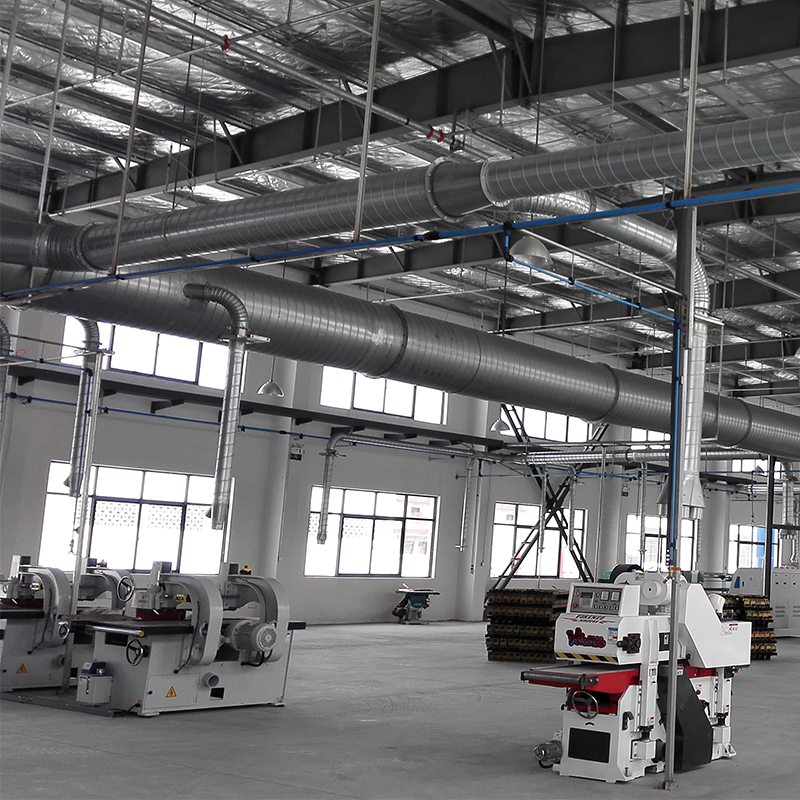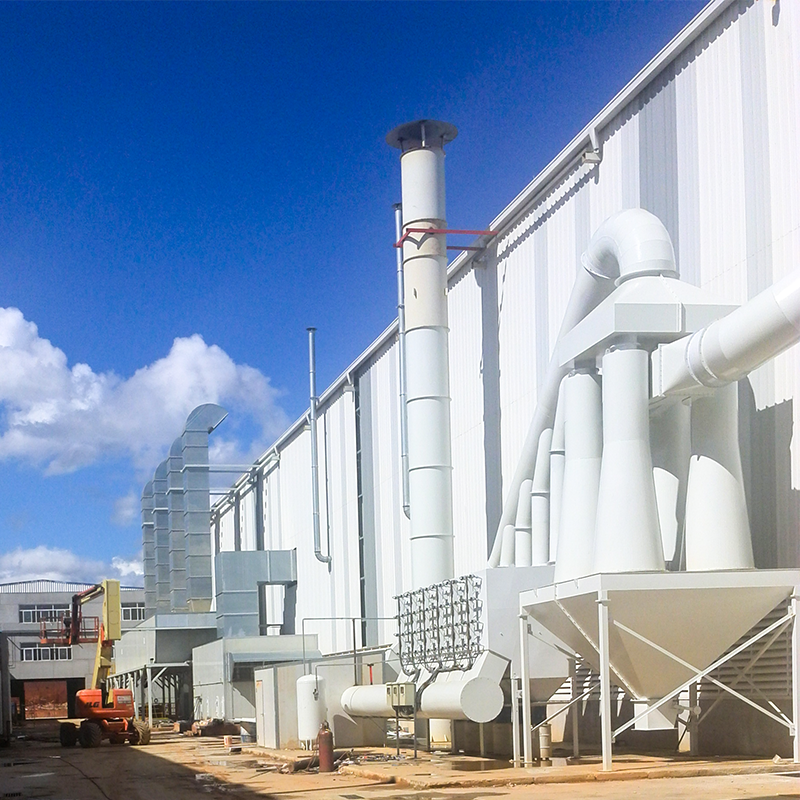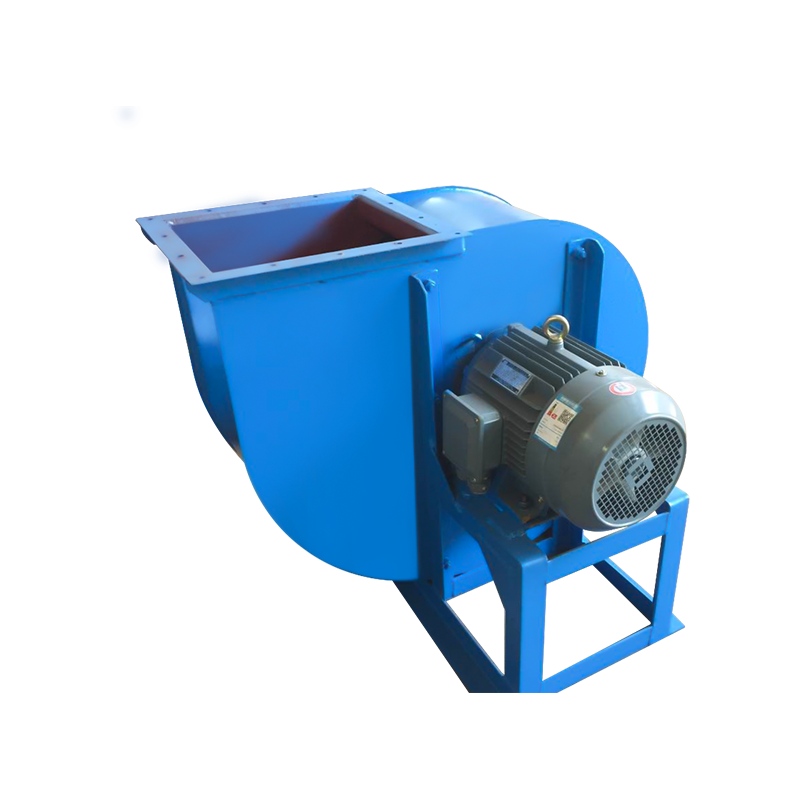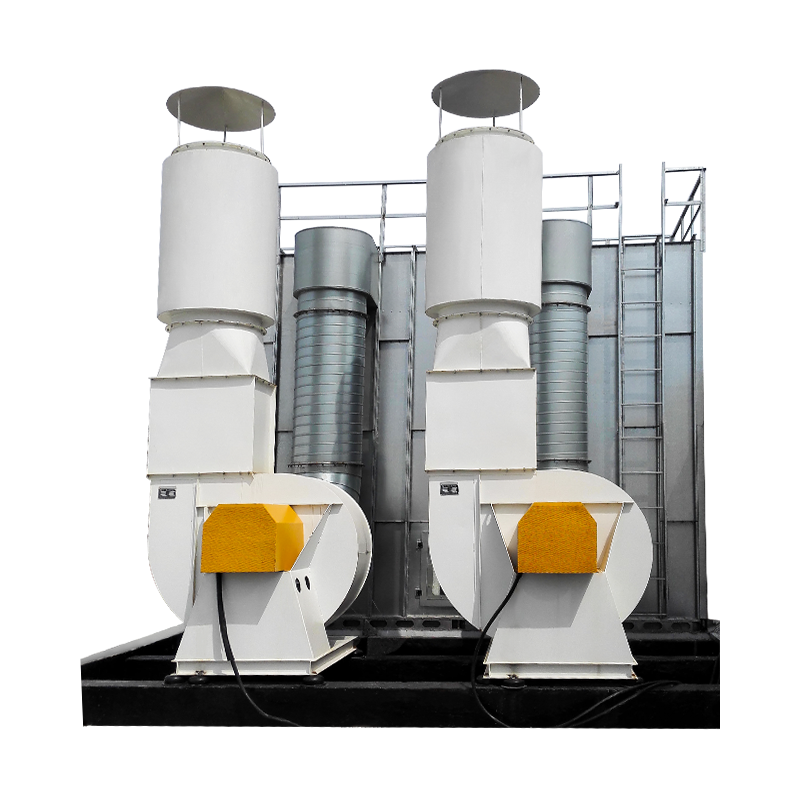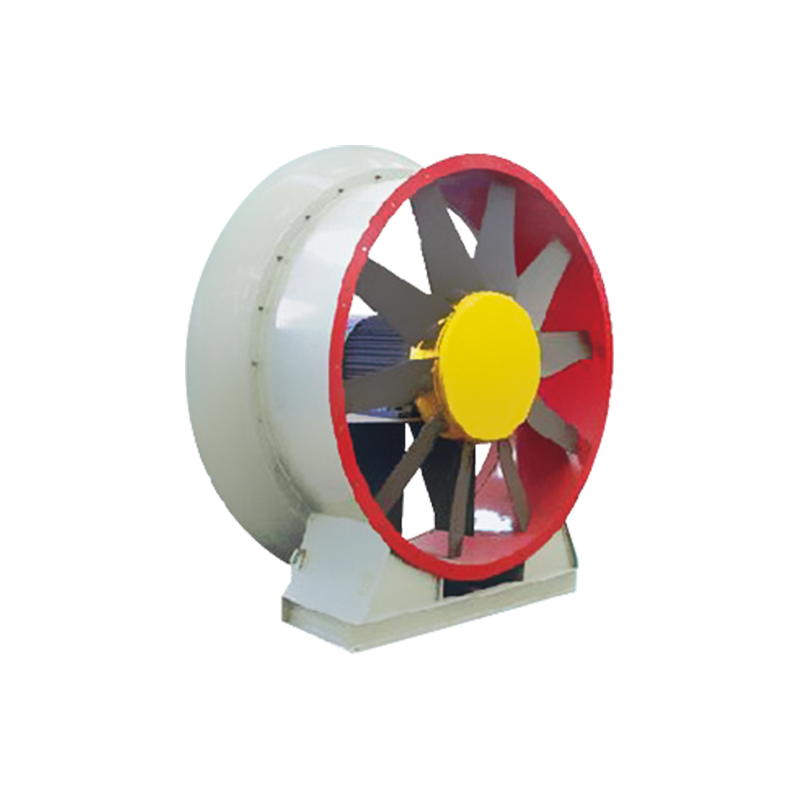In the machining industry, grinding machines, as critical equipment for precision machining, generate large quantities of pollutants such as metal dust and grinding wheel debris during operation. This dust not only affects machining accuracy and damages equipment components, but also poses a serious health threat to operators and can cause safety hazards such as dust explosions in the workshop. Baghouse dust collectors for grinding machines, as highly efficient purification equipment designed specifically for the characteristics of grinding dust, are becoming indispensable environmental and safety equipment in modern machining workshops.
Grinding Machine Dust Characteristics and Compatibility with Baghouse Dust Collectors
Grinding machine dust generates dust with distinct characteristics. Its particle size is typically small, mostly in the submicron range. Due to the high temperatures associated with the grinding process, some dust can also be sticky. Furthermore, long-term accumulation of metal dust (such as iron, aluminum, and copper) not only reduces the heat dissipation efficiency of the equipment but can also generate sparks from friction, potentially causing dust explosions. The core reason baghouse dust collectors are an ideal choice for grinding machine dust control lies in their unique filtration mechanism. They utilize high-strength, wear-resistant filter bags as the filter medium. When dust-laden air enters the dust collector, the dust is trapped on the bag surface, while clean air passes through the bag and exits. To address the fine particles and potential stickiness of grinding machine dust, specialized filter bags are typically made of specialized fiber materials (such as polyester and polypropylene) and treated with anti-static and anti-stick treatments. These effectively capture fine dust while preventing clogging caused by dust adhesion, ensuring long-term stable operation of the equipment.

Core Structure and Working Principle of Baghouse Dust Collector for Grinding Machine
The structural design of the Baghouse Dust Collector for Grinding Machine closely matches the requirements of grinding operations and primarily consists of an air intake system, a filter chamber, a dust cleaning device, an exhaust system, and an ash hopper. The air intake system typically uses side or downdraft inlet to evenly distribute the dust-laden airflow across the filter bags, preventing overloading of any particular bag. The filter chamber is the core area, where suspended filter bags are secured by a frame, forming a dense filtration unit. The dust cleaning device is crucial for maintaining continuous and efficient operation. When dust accumulates on the filter bag surface to a certain level, the cleaning device uses pulsed spraying and mechanical vibration to remove the dust, releasing it into the hopper below. The exhaust system is responsible for discharging the purified air, ensuring that workshop air quality meets standards.
The process can be summarized as follows: Dust-laden air enters the dust collector through the air inlet and is evenly distributed through the air distribution device. Dust particles are trapped on the surface of the filter bags, and clean air passes through the filter bags into the clean air chamber before being discharged through the exhaust port. As filtration time increases, the dust layer on the filter bag surface thickens, increasing the equipment resistance. At this point, the dust cleaning device activates, removing dust and collecting it in the hopper, restoring the filter bag's filtration capacity. This entire process repeats, achieving continuous dust purification.
Key Points for Selecting and Optimizing Baghouse Dust Collectors for Grinding Machines
When selecting a baghouse dust collector for a grinding machine, multiple factors must be considered to ensure the equipment's suitability and efficiency. First, the air volume required. The actual dust volume generated must be calculated based on parameters such as the grinder model, number of grinders, grinding materials, and operating intensity. This determines the dust collector's air volume required to ensure adequate capture and purification of the dust-laden airflow. Secondly, the filter bag material must be selected based on the grinding material (e.g., metal, non-metal) and dust characteristics (e.g., temperature and corrosiveness). For example, when grinding high-temperature metals, high-temperature-resistant glass fiber filter bags should be used, while dust containing corrosive components requires acid- and alkali-resistant chemical fiber filter bags. The cleaning method is also crucial. Pulse jet cleaning is widely used in grinding machine baghouse dust collectors due to its advantages, including excellent cleaning performance, low energy consumption, and minimal damage to the filter bags. To further enhance equipment performance, several optimizations can be made: First, optimize airflow distribution. By properly designing the air inlet and deflectors, short-circuiting and localized vortices can be avoided, ensuring even distribution of dust within the filter chamber. Second, implement an intelligent cleaning control system that automatically adjusts the cleaning cycle and intensity based on changes in equipment resistance, ensuring effective cleaning while reducing filter bag wear and extending its service life. Third, strengthen the equipment's sealing to prevent leakage of unfiltered, dust-laden air. Install an anti-blocking device at the hopper to ensure smooth dust discharge.

Baghouse dust collectors for grinding machines are critical equipment for dust control in grinding operations. Their performance is directly related to workshop safety, product quality, and operator health. Selecting appropriate equipment, performing routine maintenance, and monitoring industry technological trends are crucial for improving environmental protection and production efficiency in machining operations.

 English
English Español
Español عربى
عربى
